This special forest is located on the island of Sumba in Indonesia. Sumba Island is a pristine island in the Nusa Tenggara archipelago, famous for its calm waters and poetic white sand. However, tourists flock here not because of these things, the main reason is because of the mangrove forest known as the “dancing forest” on Sumba Island.
The "Dancing Forest" is located on the island of Sumba, Indonesia. (Photo: News 18)
According to the local people here, the reason this forest is named like that is because of the shape of the mangrove rows along the island's Walakiri beach.
Every time the sun sets, they seem to “dance” with the sunlight. However, the phrase “dancing” actually refers to the image of the trunk, roots and branches of the tree bending like a person dancing.
Botanists say that mangrove trees growing in mangrove forests or around areas covered by water often have such bizarre, irregular shapes.
The main reason is that water reflects sunlight at different angles, so mangrove trees do not grow evenly.
This is the phenomenon of “phototropism” in plants. Plants are influenced by the plant hormone auxin so they grow towards sunlight from the beginning of their life cycle.
"Dancing forest" refers to the image of tree trunks, roots and branches bending like a person dancing. (Photo: News 18)
Furthermore, the ecological environment of mangrove forests is a transition between the sea and the mainland. Because the distribution, development and species composition of mangrove forests are affected by climate, hydrology, salinity, substrate, etc., the trees in this area often have strange shapes.
However, experts also emphasize that the strange shape helps protect coastal land from erosion by waves.
They also help filter nutrients, sediments, and pollution out of oceans and rivers, thereby helping to purify water for surrounding ecosystems.
This unique “dancing forest” only appears on Sumba Island, nowhere else in Indonesia. (Photo: News 18)
It is known that this unique "dancing forest" only appears on Sumba Island, nowhere else in Indonesia.
Therefore, many tourists as well as professional and amateur photographers from all over the world come here in the hope of capturing the perfect picture of this forest.

Source


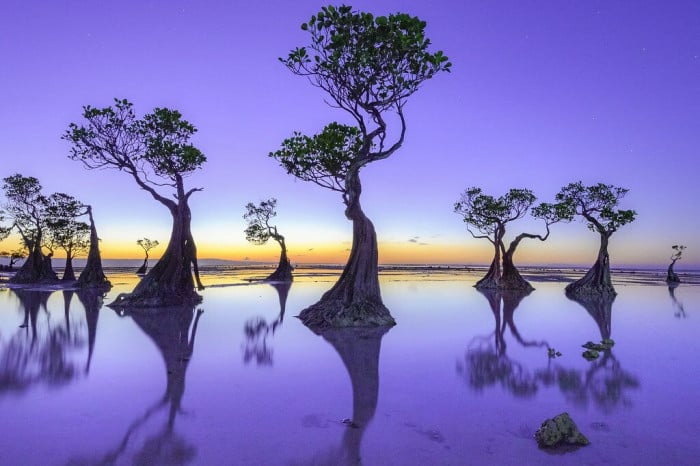
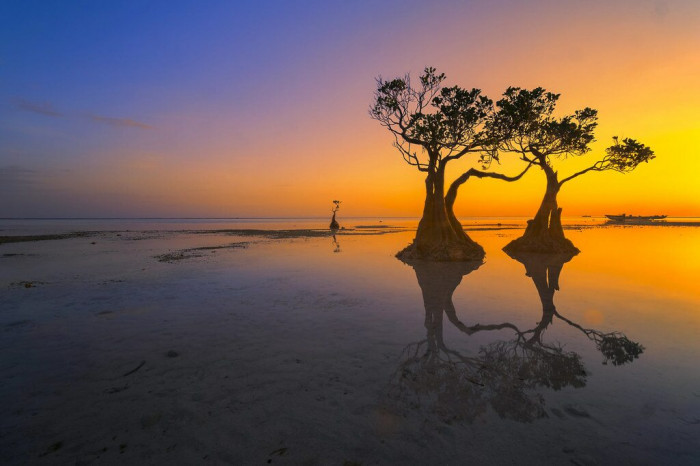
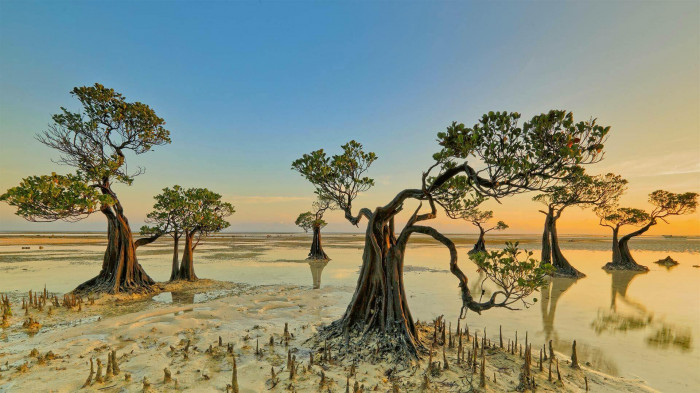










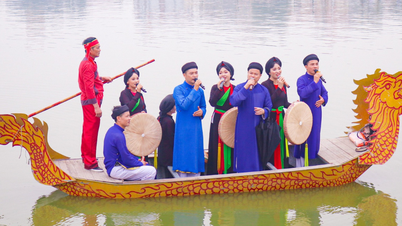



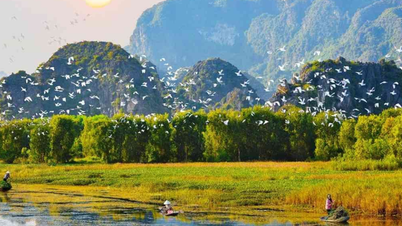






























































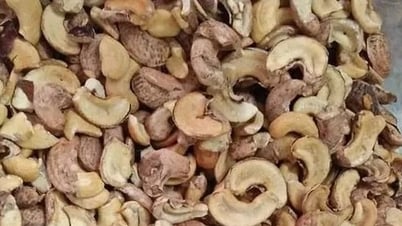












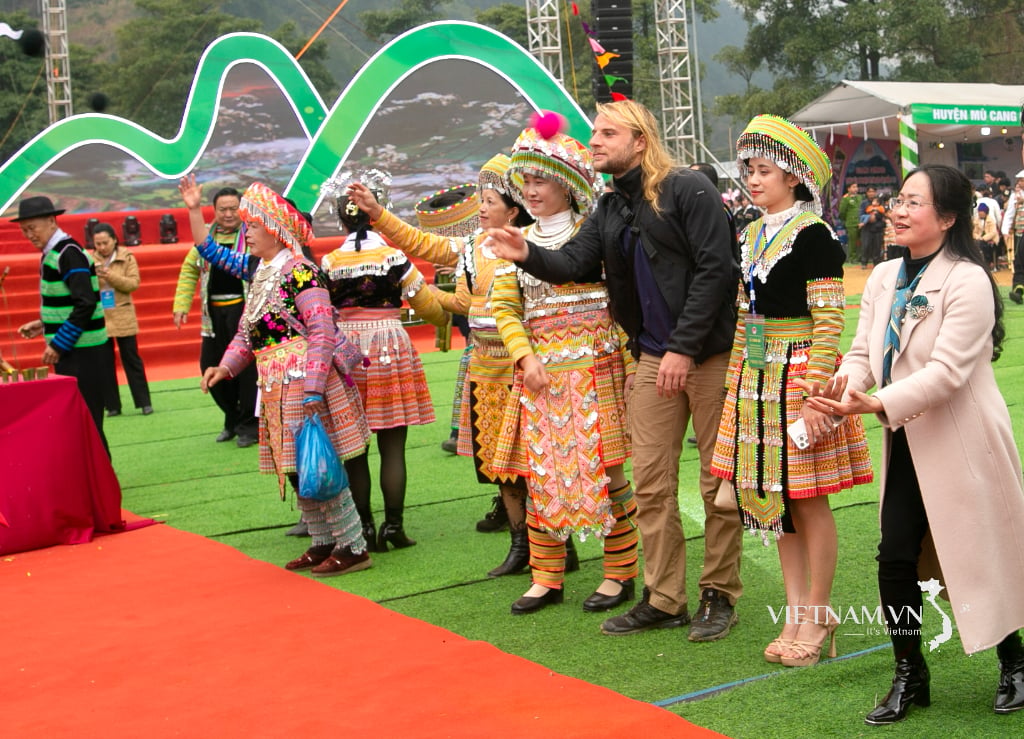
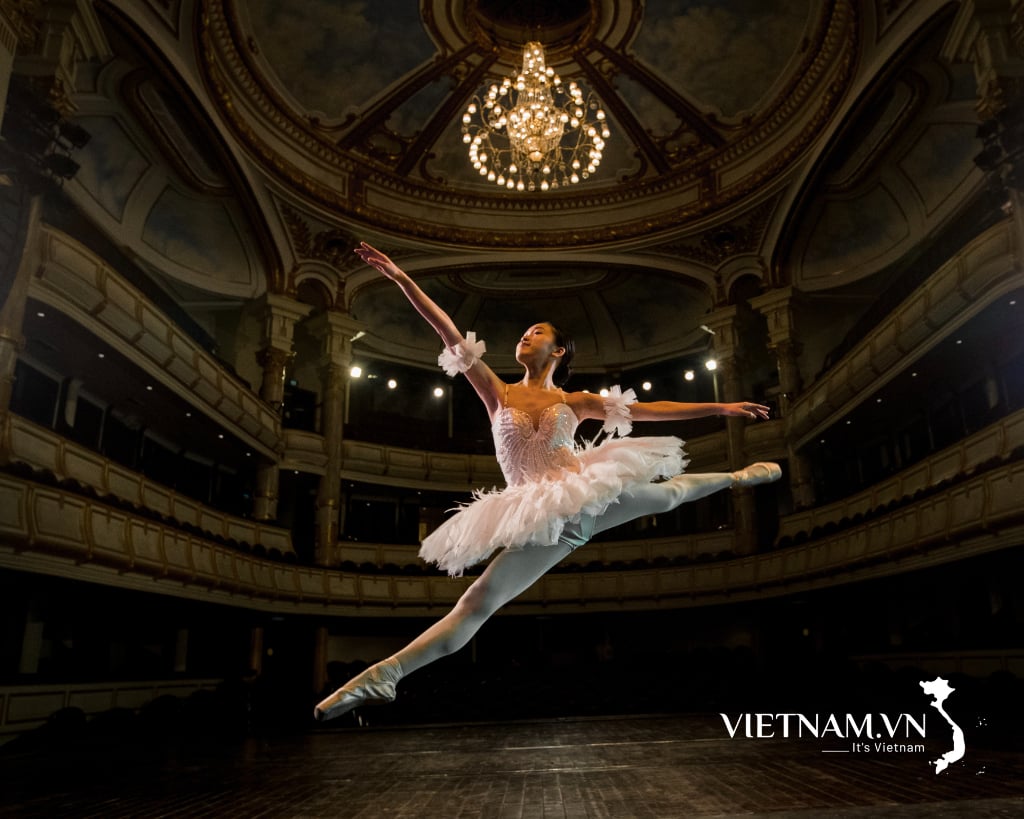


Comment (0)